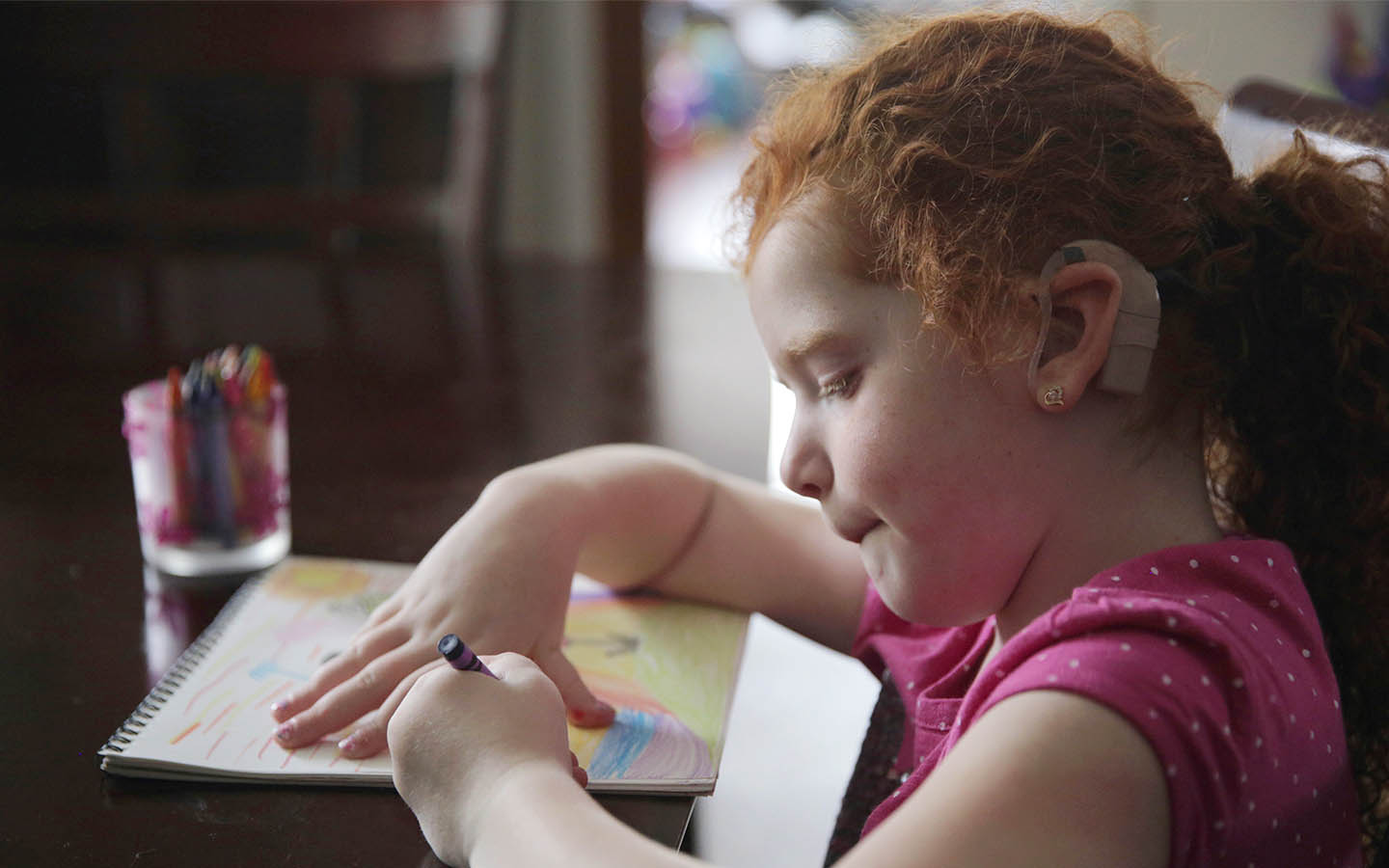How hearing works
Learn how hearing works, why we have two ears, and how hearing impacts daily life

What you'll find on this page
- How our natural hearing works.
- Benefits of being able to hear from both ears.
- How hearing loss affects other areas of life.
How we hear
Although hearing is the process of sound travelling through our outer, middle and inner ear, it's our brain that interprets what we hear.
Each part of our ear plays an essential role in transmitting sound.
-
Outer ear — the part you can see (the pinna) and the ear canal.
-
Middle ear — the eardrum and three tiny connected bones (ossicles), which are often called the hammer, anvil and stirrup.
-
Inner ear — the snail-shaped cochlea and the hearing nerve, as well as semi-circular canals that help with balance.
Our natural hearing depends on these parts working together. If you have a problem anywhere in this process, you may experience hearing loss.
Hearing with both ears
The human body is a network of pairs: two eyes, ears, nostrils, arms, hands, feet and legs. The brain uses these pairs to coordinate and maximise how the body works.
Similarly, our ears work as a duo. We have two ears to give us the ability to locate sound, distribute volume to tolerate loud sounds, as well as to enjoy a better quality of sound (like hearing in stereo).
Being able to hear with both ears makes it easier to understand speech and tell where sounds are coming from.1
Hearing, communication and brain function
Hearing is the first step in developing communication skills. It's how children learn to recognise a parent — babies begin to notice sounds in the womb. Hearing is also a key part of learning to talk because children learn by mimicking sounds.
Although hearing isn't the only way we communicate, hearing loss impacts how we speak and interact.
Older people with hearing loss are more likely to develop other problems — such as not being able to think clearly or remember — compared to people with normal hearing. Being able to hear with both ears makes it easier to understand and tell where sounds come from.2
Find a hearing specialist near you
Disclaimer
Please seek advice from your health professional about treatments for hearing loss. Outcomes may vary, and your health professional will advise you about the factors which could affect your outcome. Always follow the directions for use. Not all products are available in all countries. Please contact your local Cochlear representative for product information.
For a full list of Cochlear’s trademarks, please visit our Terms of Use page.
In Australia, Cochlear™ Nucleus® implant systems are intended for the treatment of moderately severe to profound hearing loss.
In Australia, Baha® bone conduction implant systems are intended for the treatment of moderate to profound hearing loss.
In Australia, the Cochlear™ Osia® System is indicated for patients with conductive, mixed hearing loss and single-sided sensorineural deafness (SSD) aged 5 years and above with up to 55 decibels sensorineural hearing loss. Patients should have sufficient bone quality and quantity to support successful implant placement. Surgery is required to use this product. Any surgical procedure carries risk.
For Cochlear™ Nucleus®, Osia® and Baha® systems: This product is not available for purchase by the general public. For information on funding and reimbursement please contact your health care professional.
Any testimonial featured on this website is intended for an Australian audience only.
References
- Litovsky RY, Johnstone PM, Godar SP. Benefits of bilateral cochlear implants and/or hearing aids in children. Int J Audiol. 2006; 45(Suppl): S78-91.
- https://www.hopkinsmedicine.org/news/media/releases/hearing_loss_linked_to_accelerated_brain_tissue_loss






